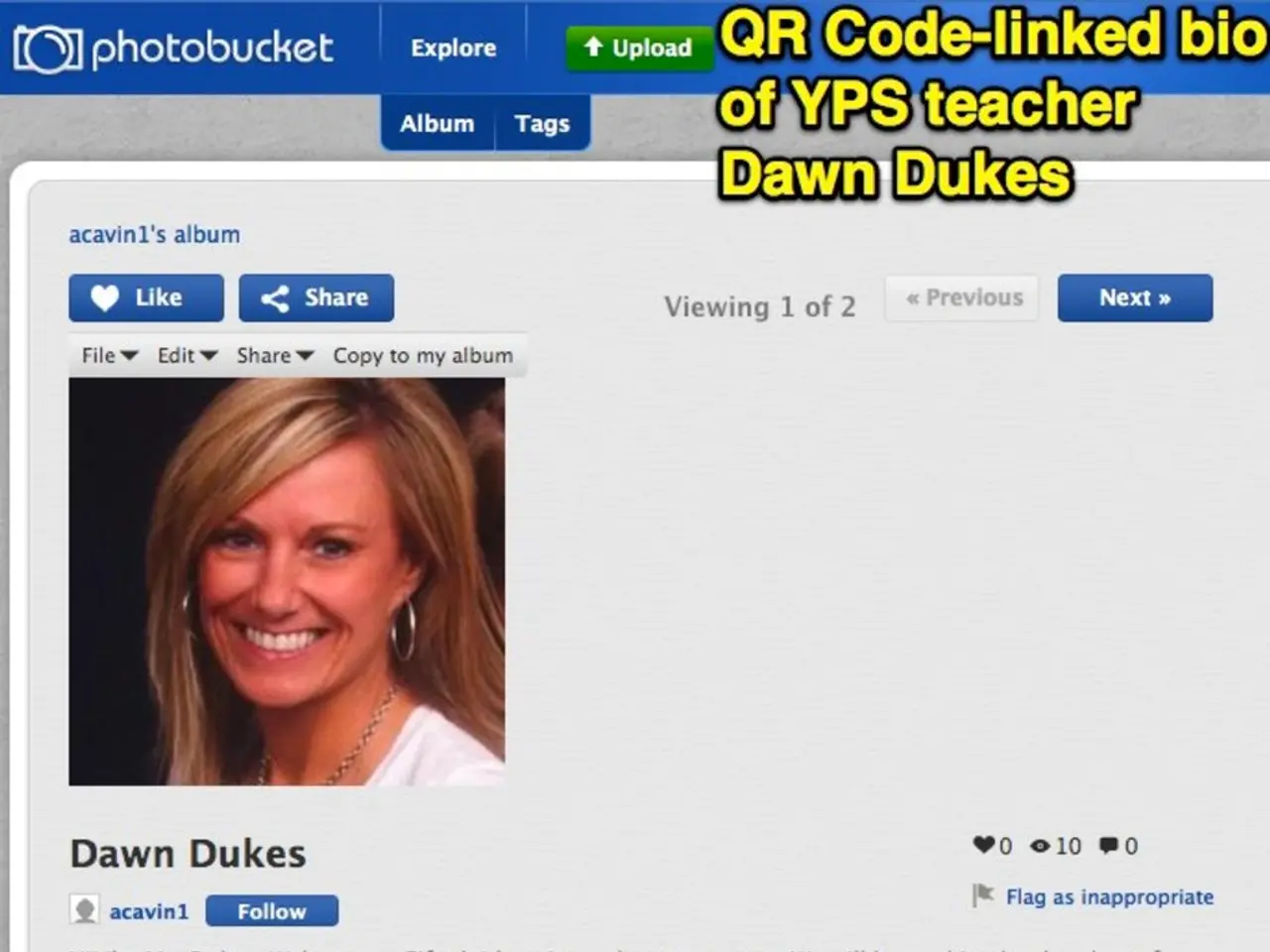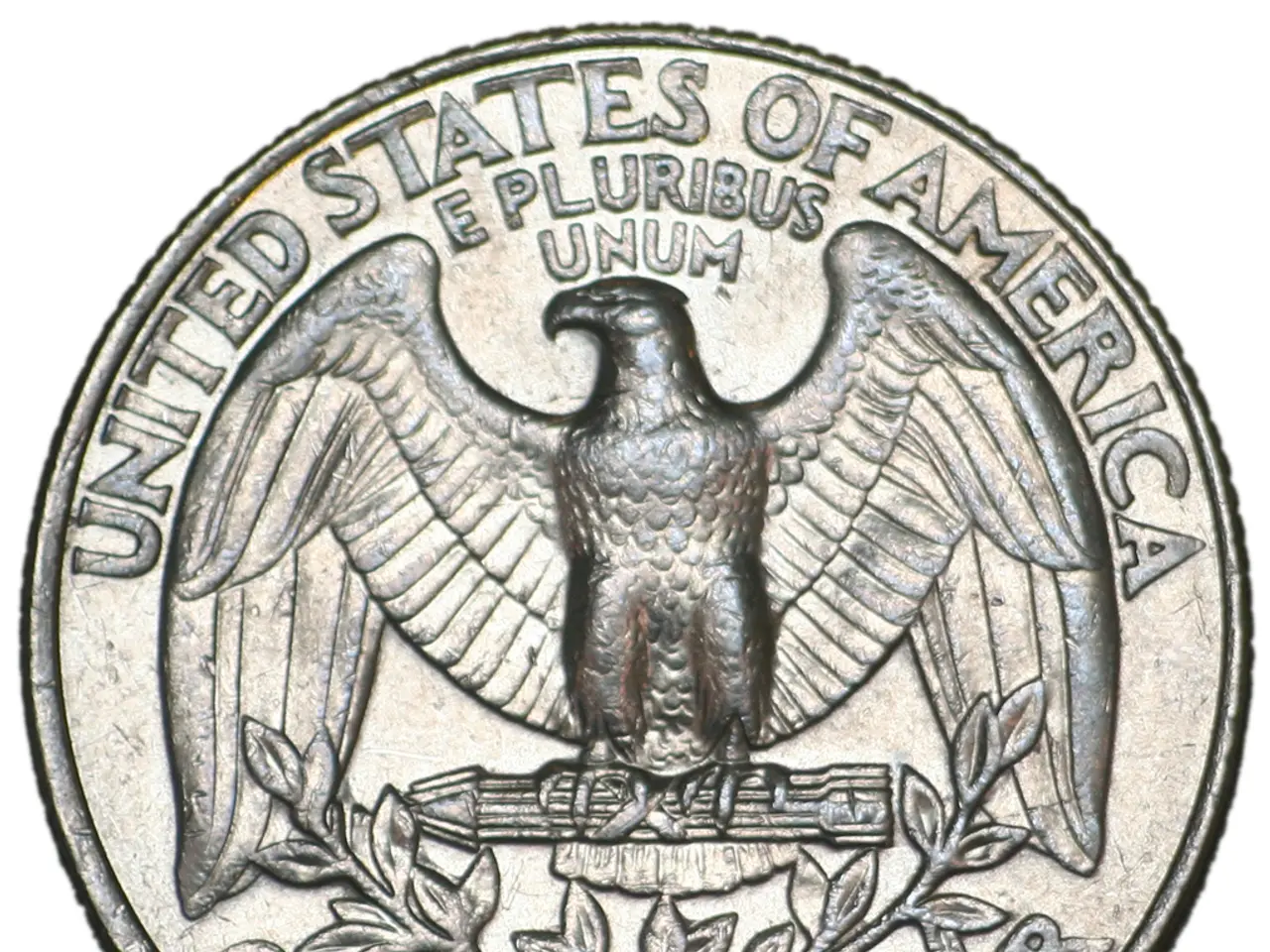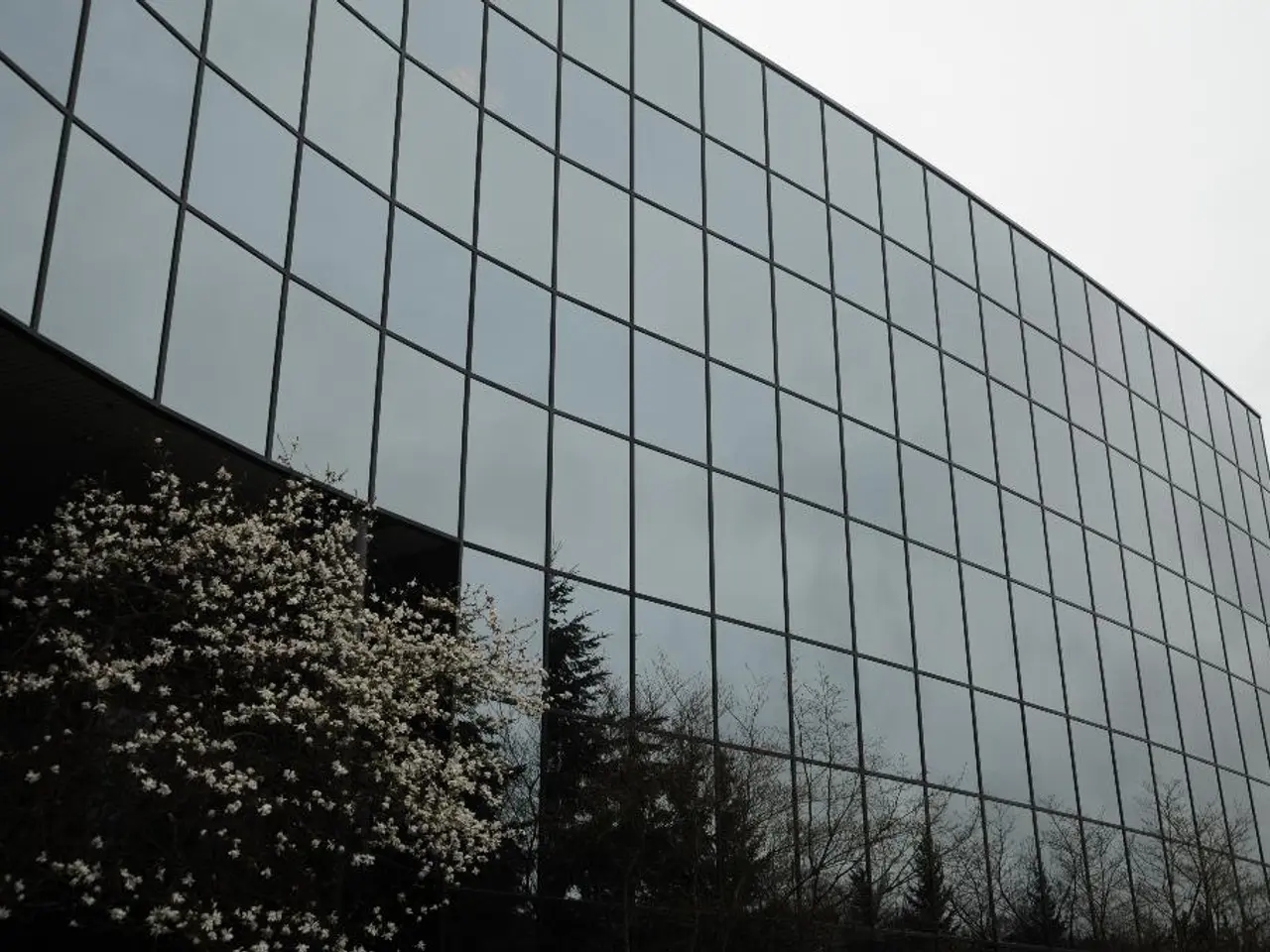Utilization of social media by leading payment providers
In the digital age, social media platforms have become essential tools for businesses, and payment providers are no exception. The top 100 payment companies are leveraging major platforms such as LinkedIn, YouTube, Twitter, Facebook, Instagram, and TikTok, each tailored to its unique audience and content style to advance business goals.
Traditional Social Media Platforms
LinkedIn is a hub for B2B networking, industry thought leadership, partnership announcements, and recruitment. Professional content, case studies, webinars, and white papers are common on this platform, targeting business clients and professionals.
YouTube is used for deep dives on products and services, as well as use cases for businesses and customers. Long-form videos are used to explain technical payment products, establish brand authority, and support customer education.
Twitter is often used for real-time updates, industry news, quick customer engagement, and thought leadership. News-based content, rapid commentary on regulation, fintech trends, and events are common, making it a good fit for tech-savvy audiences.
Facebook is ideal for brand storytelling, community engagement, customer support, and event promotion. Mixed media posts, live streams, and ads targeting diverse demographics, including older customers, are common on this platform.
Instagram's visual focus is suitable for event posts, infographics, celebrity partnerships, and interactive content. Engaging visuals, reels, stories, and behind-the-scenes content are used to build brand personality and trust.
The Rise of TikTok
While top payment companies have yet to establish a significant presence on TikTok due to privacy and security concerns, the younger demographic, and shorter video style not being compatible with business strategies and corporate audiences, the platform presents an opportunity for expansion.
TikTok is focused on story-driven, entertaining content, reaching a predominantly Gen Z and young millennial audience, which is essential for brand relevance and future customer acquisition. Payment companies can leverage creator partnerships, TikTok’s advertising formats, and combine TikTok with Instagram and YouTube in multi-platform strategies to maximize audience reach and impact.
The platform's rapid feature development and integration of social media, commerce, messaging, and other services open avenues for payment companies to embed their offerings directly in the app. TikTok's fast growth and younger demographic offer significant organic viral marketing potential for fintech and payment brands that can create light-hearted and educational content with compelling storytelling.
In summary, payment companies prioritize LinkedIn and YouTube for professional and educational content, Twitter for real-time engagement, Facebook and Instagram for community and brand presence, while TikTok is a growing platform focused on creative, entertaining, and trend-responsive content with emerging integration opportunities in ecommerce and payments, making it ripe for expansion.
[1] Source: Forbes - The Future of Payments on TikTok: How Fintech Brands are Winning on the Short-form Video App
[2] Source: TechCrunch - TikTok is becoming a super app, integrating social media, commerce, and other services
[3] Source: Adweek - How Payment Companies Can Leverage TikTok for Business Growth
[4] Source: Marketing Dive - TikTok's potential impact on the payments industry
- Businesses, including top payment companies, are exploring TikTok as a potential platform for expansion, recognizing its focus on entertaining, story-driven content that resonates with a younger demographic, especially Gen Z and young millennials.
- In contrast to LinkedIn, YouTube, Twitter, Facebook, and Instagram, which are already extensively utilized by payment companies for professional, educational, real-time engagement, community, and brand promotion purposes, TikTok offers unique potential for fintech and payment brands due to its integration of social media, commerce, messaging, and rapid feature development.




